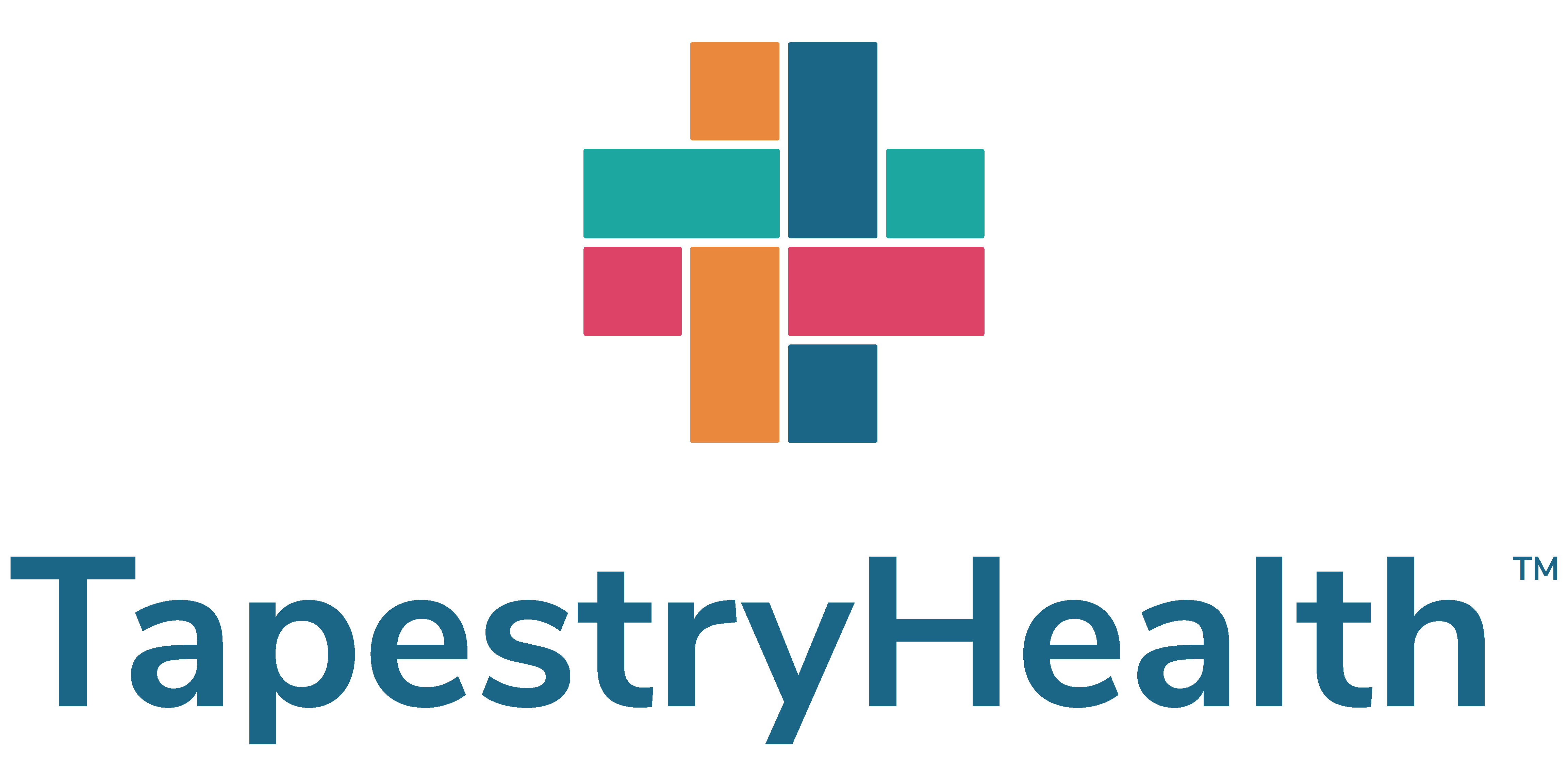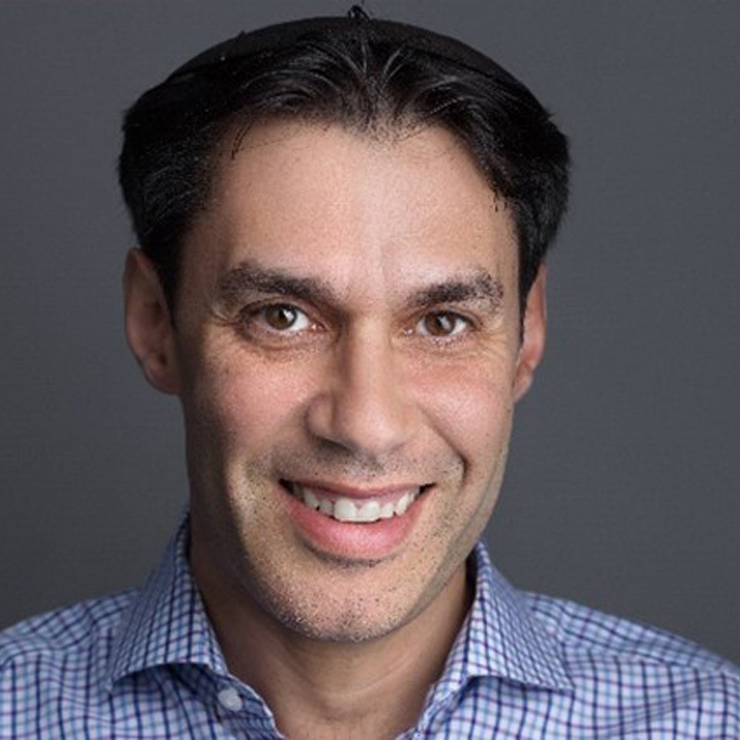ADVERTORIAL
 The short answer? Absolutely not. What technology has done is increase the effectiveness and efficiency of the physician, allowing them to do more for their patients and to keep more patients safe, at home, and out of the hospital.
The short answer? Absolutely not. What technology has done is increase the effectiveness and efficiency of the physician, allowing them to do more for their patients and to keep more patients safe, at home, and out of the hospital.
Not that long ago, telemedicine was considered leading-edge technology, and many facilities were hesitant to embrace it. They were afraid of alienating local doctors and that residents would rebel at being treated by a “computer.” Today we know that a good telemedicine partner strengthens the relationship between a facility and its local doctors, and residents look forward to seeing their bedside clinician, often more regularly than they saw a visiting physician in the past.
Today we see similarly misguided feelings when it comes to embracing the next generation of technology. Reasons to avoid it range from “It’s too expensive” or “Our staff doesn’t want it” to “It’s too difficult to learn,” “We don’t have the time or manpower to assimilate it right now,” or “Our residents are afraid of it.” The fact is, just as telemedicine is now routinely used to provide more immediate, familiar care, and has proven itself to be a true life-saver, so too is advanced technology being welcomed by physicians, staff nurses, administrators, and most importantly, residents and their families. Adding advanced technology to a skilled nursing facility (SNF) is not intended to replace anyone or make traditional roles obsolete. Its sole purpose is to provide the support needed for the facility and its medical care team to deliver the best care possible, more effectively and more efficiently.
Today’s technology can measure and record vital signs up to the second, with guaranteed accuracy and no involvement by the staff. It can monitor patients for heart rate, respiration, and even certain behavioral issues 24/7 so that in a very real way, no resident is ever left unattended.
Today we hear a lot about artificial intelligence, or AI, and the pitfalls of misusing it. But in medical terms, AI is a major breakthrough. Capturing millions of bits of data from thousands of patients, synthesizing, and analyzing that data in real time is what powers amazing predictive modeling tools. At Tapestry we find developing patterns, discern what they mean, and alert a staff nurse with a note to his or her phone that someone needs medical intervention, all in a matter of minutes. We provide daily risk assessment reports, so staff know exactly which patients are at risk of hospitalization in the next few days, even when they may seem fine. In an industry that struggles to meet mandatory staffing requirements, and often has difficulty simply fielding enough basic staff to meet the most urgent needs of their patients, having this type of technology is a real difference maker. Knowing where to concentrate your resources before the shift starts makes everyone more efficient.
Most importantly, assimilating technology into the current environment in virtually any SNF is generally simple. Because so much work is performed by powerful computers running sophisticated algorithms outside of the facility, the SNF staff doesn’t have to engage with any of the technology—they simply receive the results in a usable format. In cases where certain sensors need to be installed, as in the case of radar technology, the installation is simple and the learning curve ends at “turn the switch to the on position.”
All of this new technology is designed to make the medical team more effective, not expendable. Technology cannot hold a patient’s hand; it cannot provide the hands-on care that’s needed or evaluate the care needed for a specific diagnosis. But it can direct the doctors, nurses, and other clinicians and support them with detail, analyzed patient history and in-depth machine learning that will allow them to prioritize the “vital few” vs. the “overwhelming many.”
The Centers for Medicare & Medicaid (CMS) not only approves nearly every available technology, CMS encourages its adoption. Therefore, there is no cost to the facility. Rather these technologies generally become profit centers of their own, increasing reimbursements and allowing facilities to safely accept higher paying, higher acuity patients.
And the final word on the subject is one that every facility can relate to, and that is the importance of technology to the facility’s reputation and its ability to attract hospital referrals. For quite a few years, hospitals have been discharging higher acuity patients, which presents both risk and opportunity to the SNFs receiving these patients. On the one hand, referrals are always sought after, and higher acuity patients lead to higher overall reimbursements. On the other hand, these patients frequently strain the abilities of the staff, taking time away from other residents and too often they result in short-term re-hospitalizations, which ultimately reduces hospital referrals.
 Enter a full suite of proactive care technologies like those offered by TapestryHealth. With your clinical tech partner monitoring every patient and identifying the highest risk patients well in advance, care can be more targeted and most of those re-hospitalizations can be avoided. In addition, with the power of continual monitoring, AI, digital vitals, predictive modeling, and 24/7 telemedicine, the risk posed by higher acuity patients is substantially reduced. Patient care is elevated, referrals increase, reputations are enhanced and ultimately, CMS rankings are improved.
Enter a full suite of proactive care technologies like those offered by TapestryHealth. With your clinical tech partner monitoring every patient and identifying the highest risk patients well in advance, care can be more targeted and most of those re-hospitalizations can be avoided. In addition, with the power of continual monitoring, AI, digital vitals, predictive modeling, and 24/7 telemedicine, the risk posed by higher acuity patients is substantially reduced. Patient care is elevated, referrals increase, reputations are enhanced and ultimately, CMS rankings are improved.
Mordy Eisenberg is the co-founder and chief growth officer of TapestryHealth. He is a licensed nursing home administrator and paramedic as well as one of the industry’s leading innovators. Passionate about the use of technology to improve the lives of nursing home residents, he has led the evolution of TapestryHealth from a next generation telemedicine provider to the leading health care support provider in the skilled nursing industry. Eisenberg can be reached at meisenberg@tapestryhealth.com and by call, text, or WhatsApp to 845-694-7288.